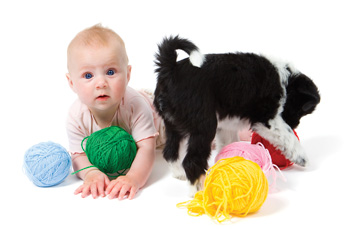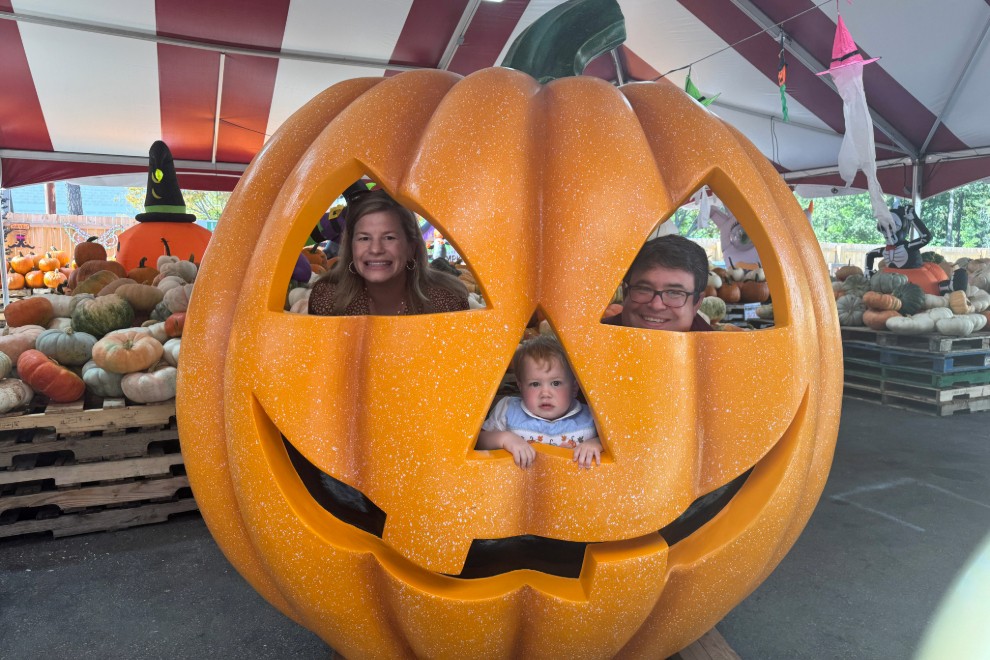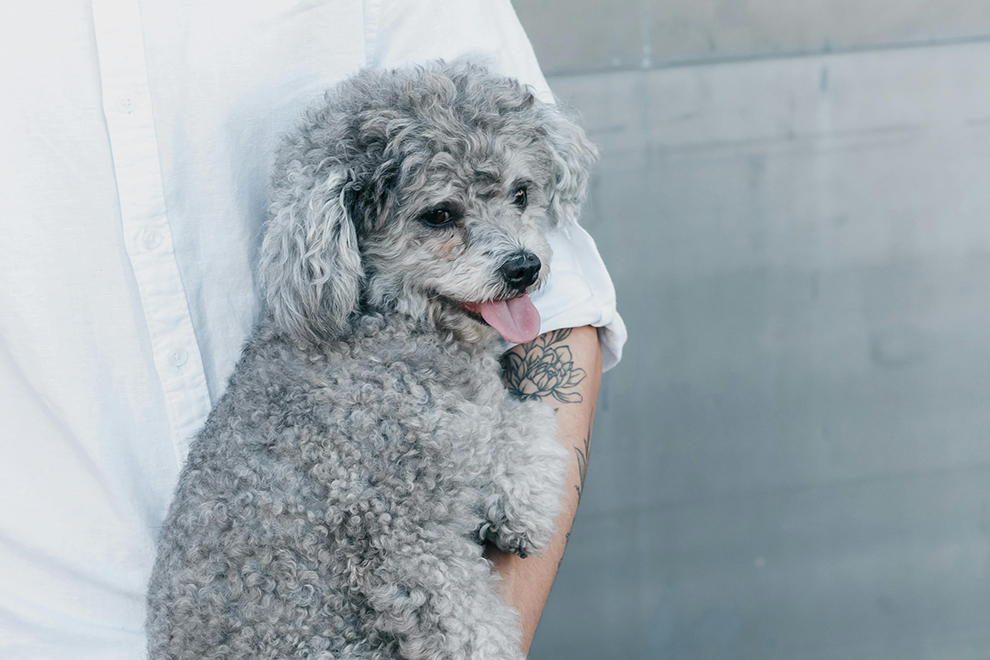Just as you and your partner are adjusting to the big changes coming your way with parenthood, your dog will also need to adjust. How you handle this new phase of your life will affect how your dog handles it. Remember that our dogs are very in tune with us energetically – meaning that if we are emotional, they will often be aroused as well. Keeping a familiar routine before and after the baby arrives is also helpful to ease the transition.
Leading up to the birth of the baby:
Make sure your dog has proper daily exercise, both mentally and physically. Depending on your dog’s age, breed, and temperament, knowing the proper amount of required exercise is important.Walking your dog on a loose leash with structure can help to release both mental and physical energy, creating a dog that is working for you and resting in between.
Establish or refresh basic household rules such as setting boundaries, respecting space, food and general obedience commands. Having your dog respect rooms, objects, and greeting of people will allow the same behaviors to occur when there is a life change, such as the addition of a baby. Developing general obedience commands and having your dog obey them often in many situations will further the relationship of your dog working for you.
Correct demanding or rude behaviors. The most common are improper greetings of people, jumping up on people,Furniture, or counters, and chewing up or stealing objects that do not belong to them.
Imagine a routine with a newborn and evaluate any behaviors your dog may have that would bother you or be unacceptable if you have a baby in your arms or if you sit down to nurse or feed your baby.
Please seek professional help well before your new baby comes home if you need help with any of the above recommendations.
When baby comes home, we recommend that you have several options for your dog.Having a pet sitter, day care, or boarding options set up in advance can help ease this transition. Having family or friends your dog is familiar with to help walk your dog, take him for a play date, feed him, or let him out when needed will help too.
Your partner should bring a blanket or other item with the baby’s scent on it home to the dog. Allow the dog to smell and gently investigate the object. If it has been some time since the dog has seen You, have someone wait outside for a moment with the baby. You can take time to greet your dog and allow him to be calm before bringing the baby into the home.The first introduction of your baby to your dog should be done in a calm, controlled manner. A leash can be helpful to control excitement.
Many parents feel more comfortable exposing the baby’s feet to the dog, as opposed to hands or face, the first time they meet.This allows the mom to hold the baby facing her while the dog smells the baby’s feet. Remember being calm (for parents and pup) is crucial. Developing respect for the baby and the personal space is important as well. With the above practice of boundaries and calming techniques, this will be familiar to the dog and allow him to smell from a slight distance.
In executing this strategy, you will be giving your dog proper expectations for his behavior and at the same time, be mentally and physically stimulating his brain. This will ensure that he will rest when you are not engaging him and be ready to please you when you do engage him. Enjoy your dog. Enjoy your baby. Experience has shown me that most often, the two co-exist very well.





